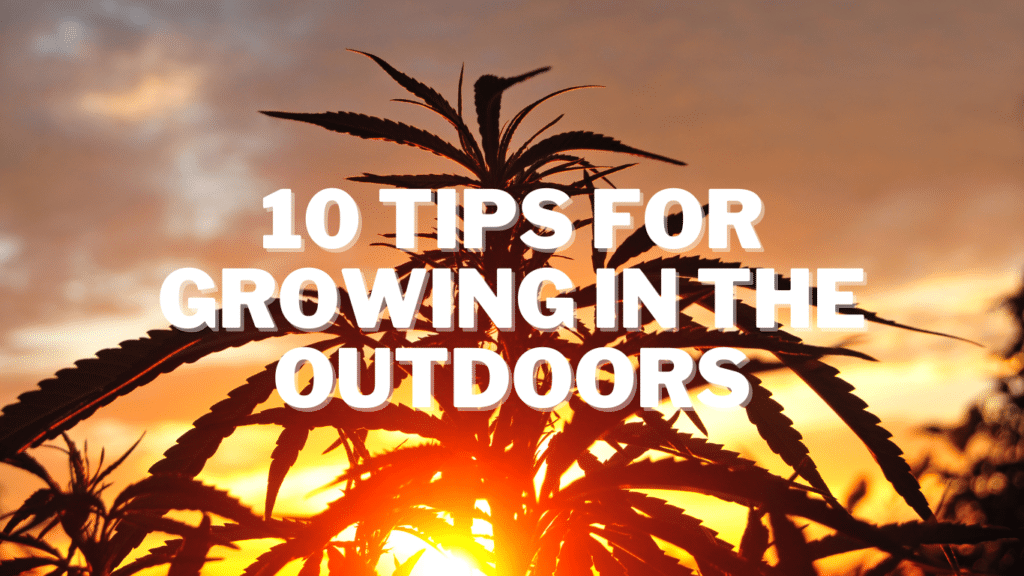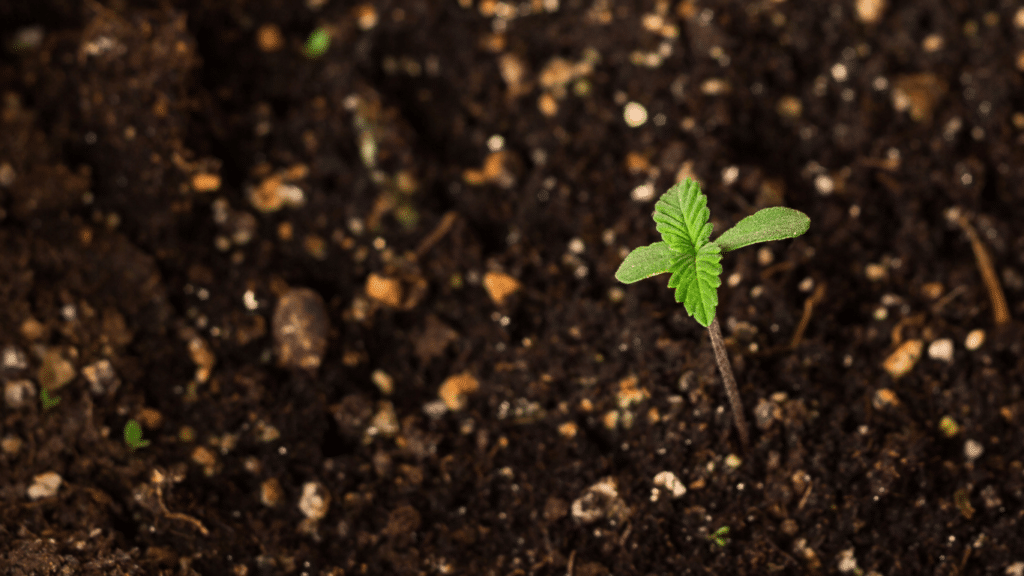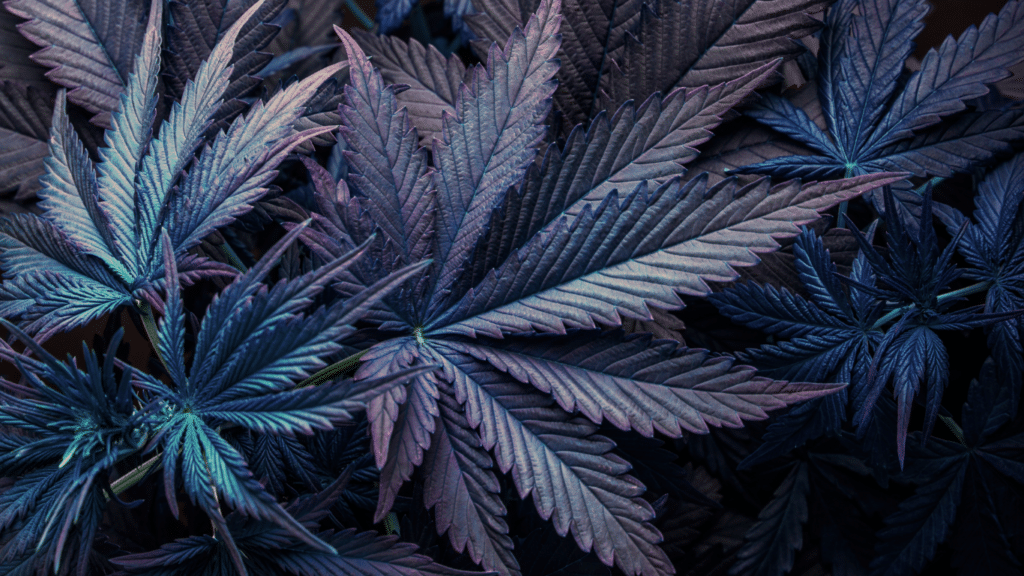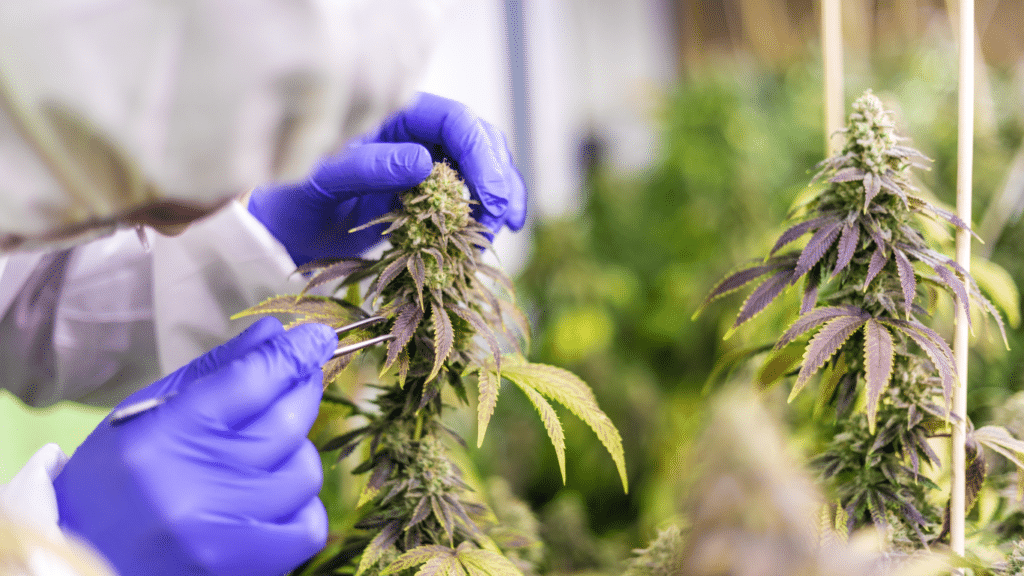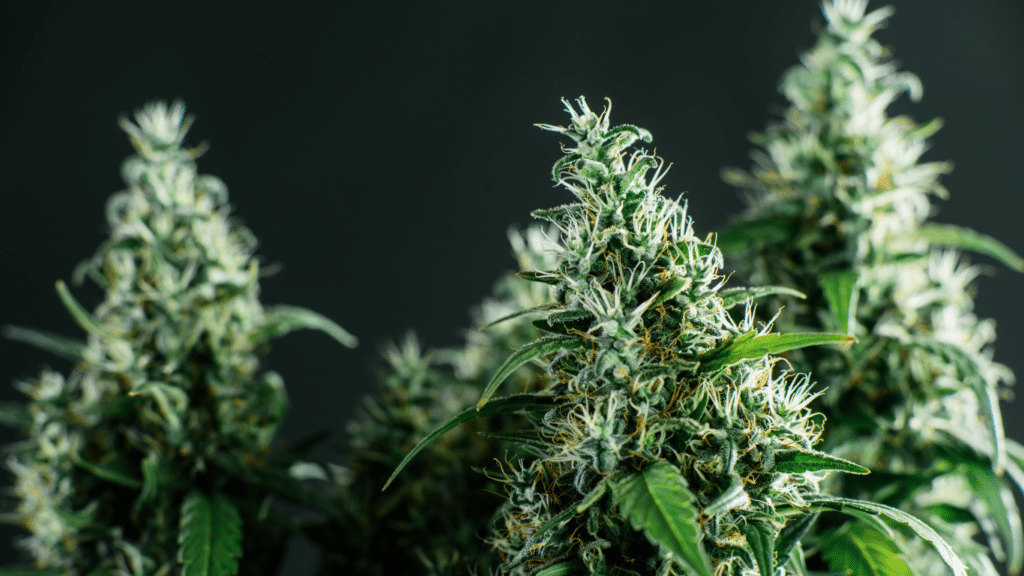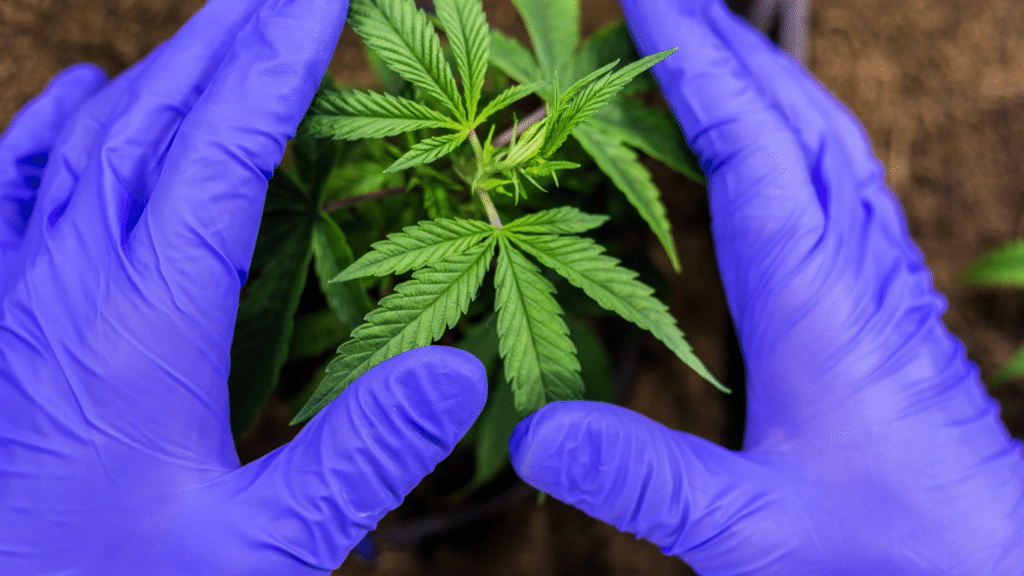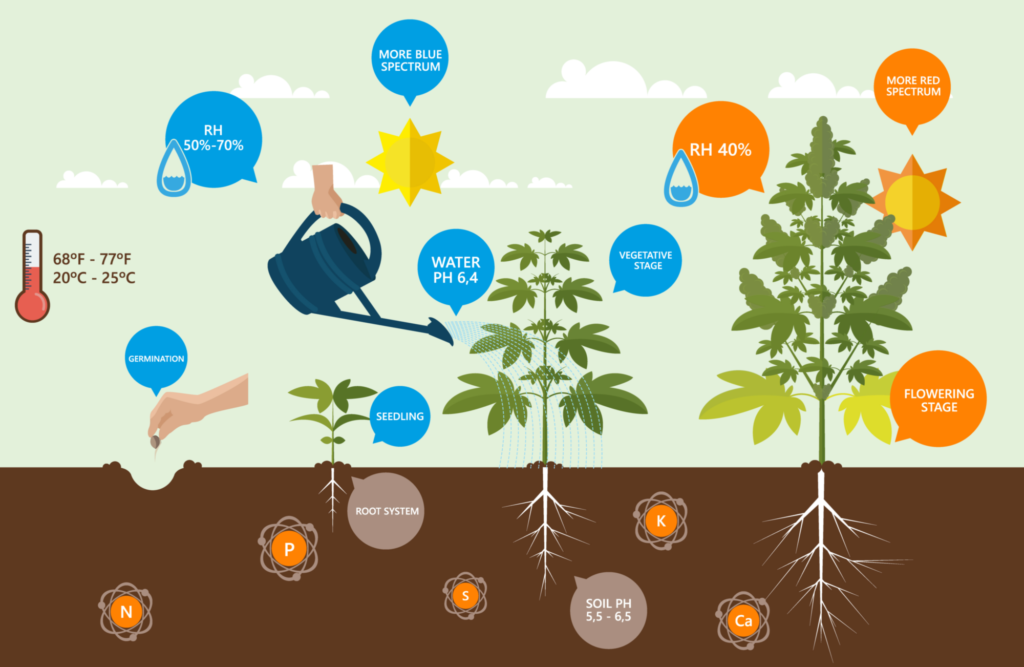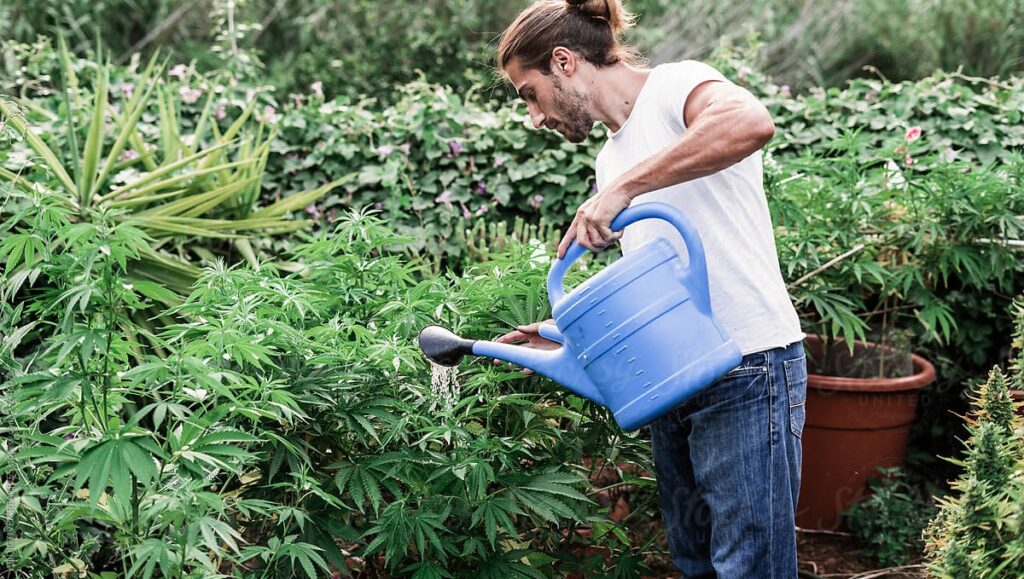Understanding Autoflowering Cannabis
Autoflowering cannabis is a popular strain among growers because it does not depend on light cycles to flower. It typically blooms within 8 to 10 weeks from seed and has a short life cycle of approximately 10 to 12 weeks from seed to harvest. Since autoflowering cannabis has a limited growth period, it requires a different feeding strategy than photoperiod strains. In this article, we will discuss the dos and don’ts of feeding autoflowers, choosing the right nutrients, and optimizing their feeding process.
Feeding Autoflowering Cannabis: Dos and Don’ts
The first and most important Do’s in feeding autoflowering cannabis is to avoid overfeeding. These plants are small and have a limited growth period, so too many nutrients can cause nutrient burn and other related issues. Instead, use a mild nutrient solution and gradually increase the dosage as the plant grows. Another important Do’s is to maintain the pH level between 6.0 and 6.5. Autoflowers are sensitive to pH fluctuations, and acidic or alkaline soil can lead to nutrient deficiencies.
On the other hand, the don’ts of feeding autoflowering cannabis include avoiding tap water and not using synthetic nutrients during the flowering stage. Tap water contains chlorine and other chemicals that can harm the plant’s microorganisms and reduce nutrient uptake. Additionally, synthetic nutrients can cause nutrient lockout and decrease the plant’s overall health. Instead, use filtered or distilled water and organic nutrients.
Choosing the Right Nutrients for Autoflowering Cannabis
Choosing the right nutrients for autoflowering cannabis is crucial for optimal growth and yield. As mentioned earlier, organic nutrients are preferred over synthetic nutrients because they contain natural minerals and are less harsh on the plant. Organic nutrients also improve soil quality and promote microbial activity, which stimulates nutrient absorption. Moreover, autoflowers require a balanced nutrient profile that consists of nitrogen, phosphorus, and potassium, but in lower ratios than photoperiod strains.
Another type of nutrient that is suitable for autoflowers is slow-release nutrition. These nutrients break down gradually over time, providing a consistent source of nutrition for the plant. Slow-release nutrients also reduce the risk of overfeeding and are ideal for growers who prefer a hands-off approach. However, slow-release nutrients should not be used during the flowering stage because they may not provide enough nutrients for optimal bud development.
Optimizing Autoflower Feeding: Tips and Tricks
Optimizing autoflower feeding requires attention to detail and constant monitoring. One tip is to use microbial inoculants or beneficial bacteria to improve soil quality and nutrient uptake. These microorganisms break down organic matter, release nutrients, and protect the plant from harmful pathogens. Another tip is to foliar feed the plant with a nutrient solution during the vegetative stage. Foliar feeding provides an immediate nutrient boost to the plant and increases nutrient absorption.
Additionally, optimizing autoflower feeding involves adjusting the nutrient dosage based on the plant’s growth stage. During the vegetative stage, the plant requires more nitrogen for leaf development, while during the flowering stage, it requires more phosphorus and potassium for bud development. Therefore, adjust the nutrient dosage accordingly to avoid overfeeding or nutrient deficiencies. Lastly, optimizing autoflower feeding requires patience and experimentation. Each plant is different, and it may take a few harvests to find the best feeding strategy.
OUTRO:
In conclusion, feeding autoflowering cannabis requires a different approach than photoperiod strains. To optimize their growth and yield, avoid overfeeding, maintain the pH level, use organic nutrients, and adjust the nutrient dosage based on the plant’s stage. Remember to be patient and experiment with different feeding strategies to find the one that works best for your autoflowering cannabis.

